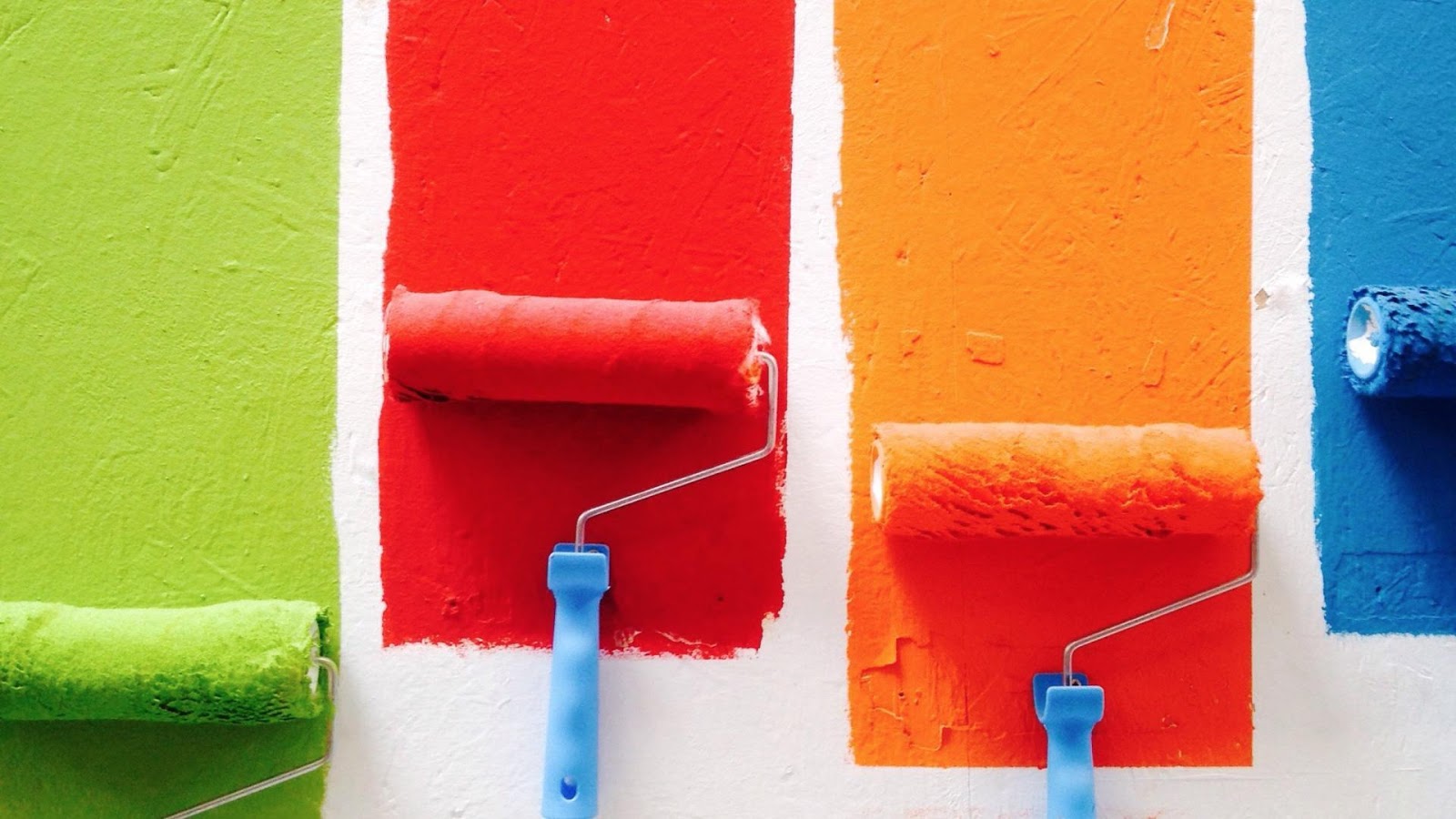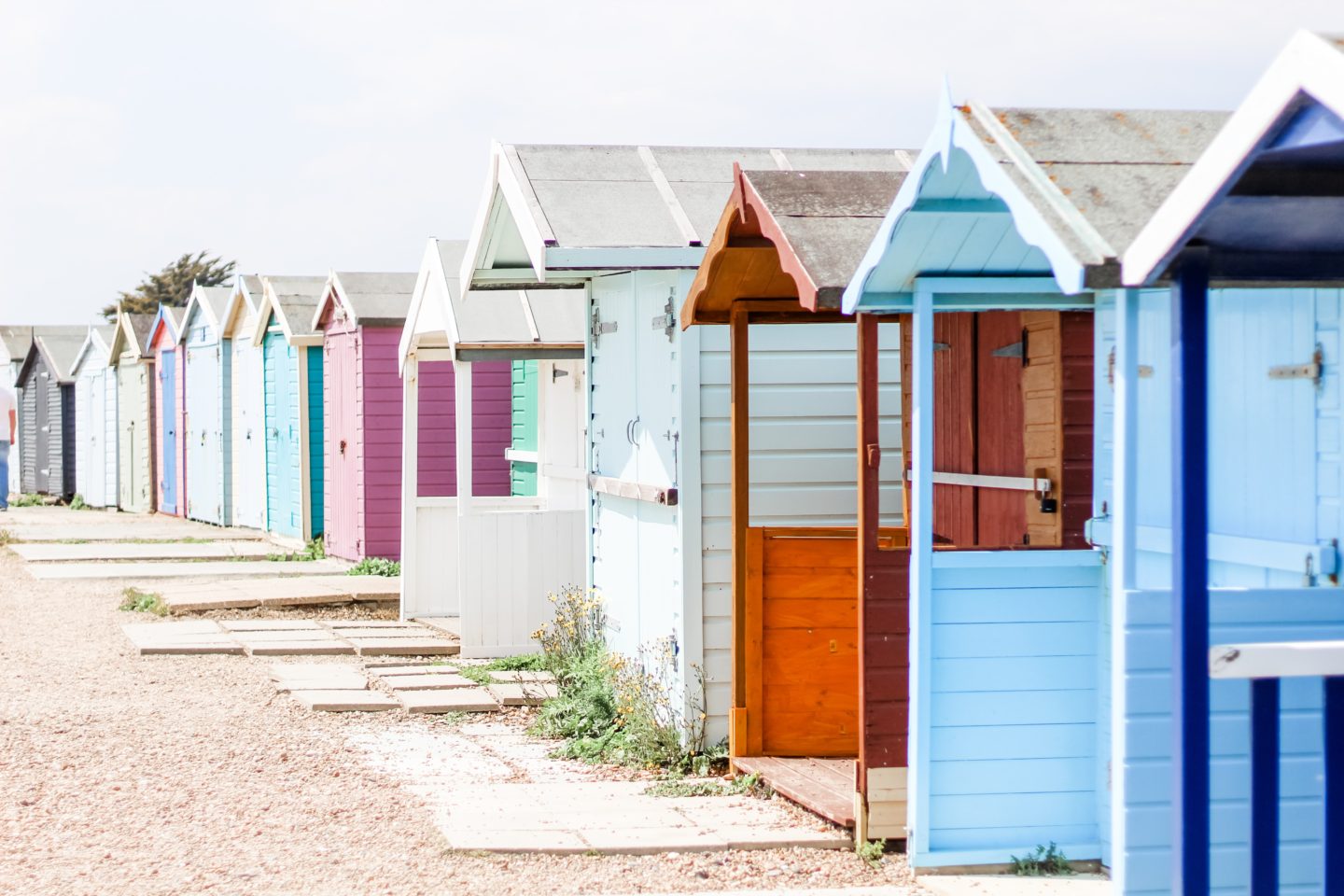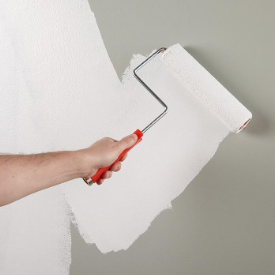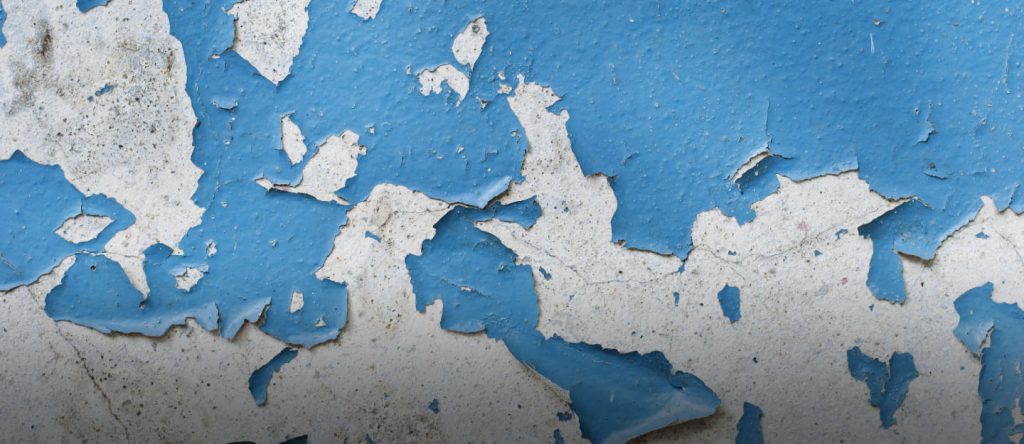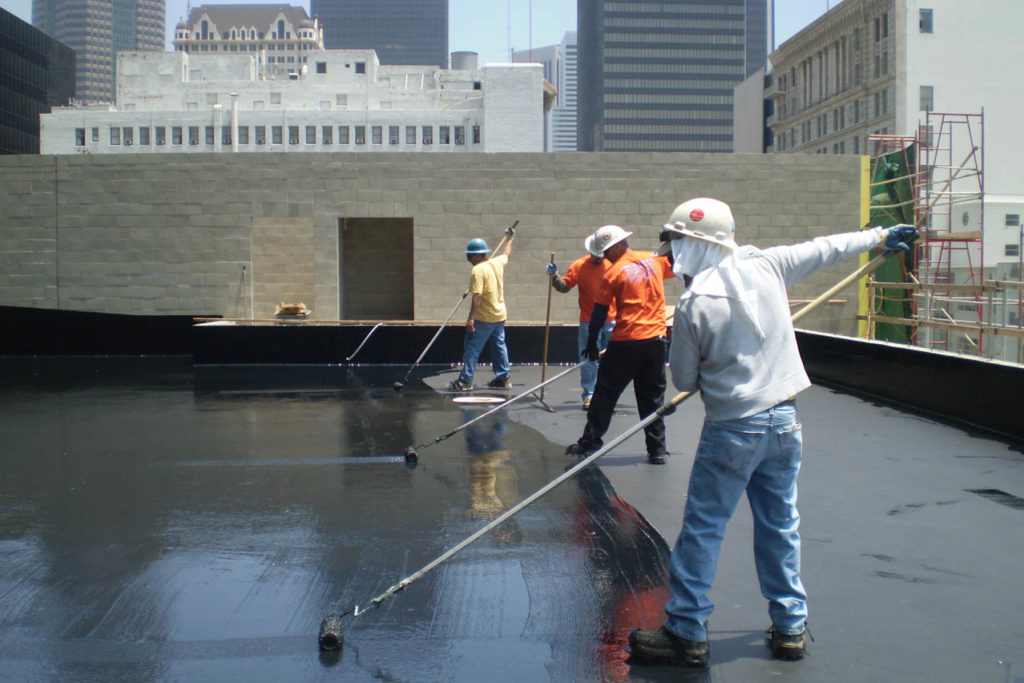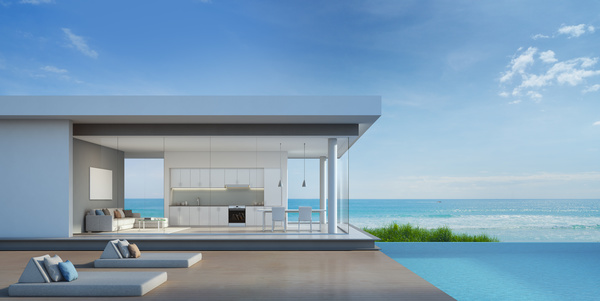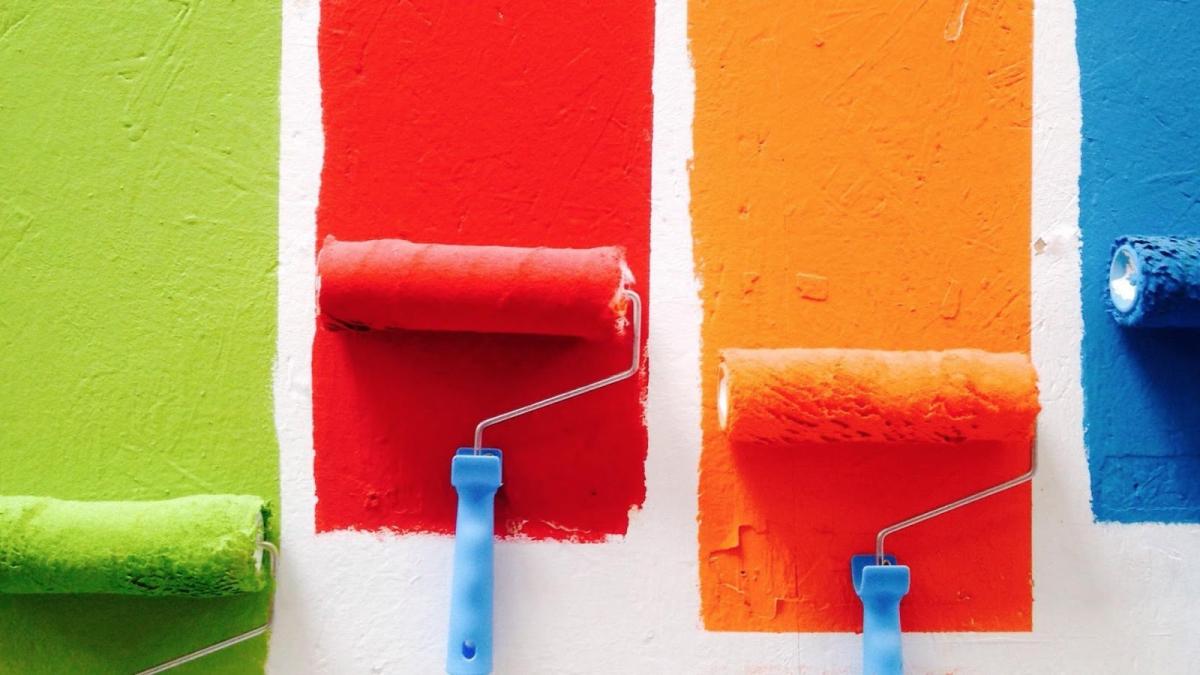The effect of UV rays on exterior paint
Effects of ultraviolet rays
Ultraviolet (UV) rays can have a significant effect on exterior paint. Here are some of the key influences:
Change color paint
Ultraviolet rays can lose the original color of exterior paint. Strong and constant light from the sun can fade or fade the paint over time, making the surface not look as bright and fresh as it originally was.
Reduced endurance
Ultraviolet rays can reduce the durability of exterior paint. Constant exposure to sunlight and the effects of ultraviolet rays can cause peeling, cracking and damage to the painted surface.
Changes in chemical structure
Ultraviolet rays can change the chemical structure of components in exterior paint. This can lead to a deterioration in the protective and UV resistance of the paint, which deprives it of its UV resistance.
.jpg)
Measures to minimize the effects of ultraviolet rays on paint
To prevent these problems, exterior paints are often designed with UV resistance. UV-resistant paints often contain additives and antioxidants to protect the painted surface from the effects of ultraviolet rays. They provide an additional layer of protection to the paint, which helps keep the color and durability of the paint maintained longer when exposed to sunlight.
To increase UV resistance, ensure long-term durability of paints in environments with high UV, there are a number of additives commonly used in paints to provide UV resistance. Here are some meaures that KIWIVINA experts have compiled from the research and production process.
Antioxidants
Antioxidants such as hindered amine light stabilizers (HALS) and phenolic antioxidants are added to paints to prevent oxidation when exposed to ultraviolet rays. They help protect the chemical structure of the paint and keep it from fading or deteriorating due to sunlight.
UV absorbing agent
Absorbent UV agents such as benzotriazole and benzophenone are used in paints to absorb and disperse ultraviolet rays. They are able to absorb energy from UV rays, prevent the impact of ultraviolet rays on the painted surface and minimize fading and damage.
Photochemicals
Photochemicals such as fluorescent whitening agents are used in paints to enhance light reflection and reduce UV absorption. They help the painted surface look brighter and prevent the fading process.
Anti-precipitation agent
Some anti-precipitation agents such as phenol polymerizer (hydroxylamine) are added to the paint to prevent the toxic destruction of ultraviolet rays. They help maintain the original properties of the paint and prevent a change in the color and chemical structure of the paint.
These additives can be combined with each other or used independently to create effective UV-resistant paints. However, the exact formula and type of additive used in each paint product may vary depending on the manufacturer and specific use.
Depending on the specific needs of our customers, we can research and recommend suitable ingredients to both ensure the basic features of the paint and ensure UV protection requirements for specific geographical regions and according to the requirements of the time of use.
Other news
- Health and environmental safety criteria for paint
- What you need to know about paint primers
- VOCs in the Chemical and Paint Industry
- What is Nano and Application in the Paint Industry
- Wall paint peeling: Causes and overcomes
- Waterproofing and waterproofing measures for the house
- Waterproofing materials, use and functions of various types of waterproofing materials
- Guide to choosing the right interior paint products from Koro Paints for your décor
- How to choose the Paint for sea weather?
- What is interior primer? Criteria to choose the best primer


